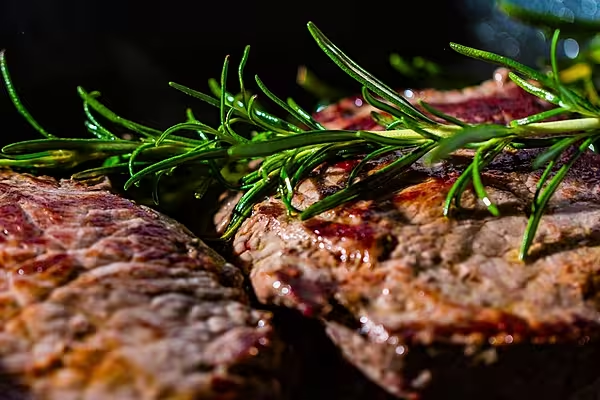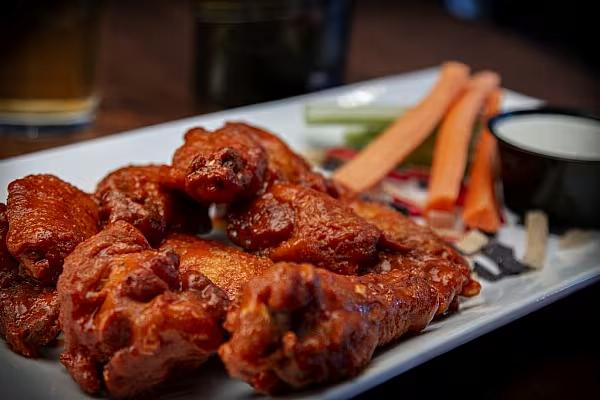Just over two months ago, the Jinyuan Fucheng Beef Hotpot restaurant in northern Beijing had a long line of customers waiting outside its doors almost every night of the week.
Now, the restaurant that can seat 800 barely fills 20 tables a day, with most people still wary of dining out after the contagious respiratory disease caused by the new coronavirus killed more than 3,300 people in China and infected almost 82,000.
The sharp slowdown in business in China's once-booming hotpot chains, barbecue restaurants and steakhouses is hitting the global beef industry hard, after top exporters had ramped up supplies to meet surging Chinese demand.
China is the world's No. 2 beef market after the United States and fastest-growing, thanks to rising incomes that have driven imports up at least 20% a year for the last five years.
Though the Chinese are much bigger consumers of pork, the viral African swine fever epidemic, first detected in August 2018, slashed the country's pig herd by around 50% and also got consumers switching to more beef.
Import Levels
Imports in 2019 hit 1.7 million tonnes, up 60% on the prior year, with about 70% consumed in restaurants, according to analyst and industry source estimates.
Now, demand is "very weak", said a trader with a state-owned company that sources beef from Brazil, Argentina and Uruguay, and is buying about 30% of last year's levels.
Imports were flooding in just as the flu-like virus emerged in the central Chinese city of Wuhan, coinciding with the country's most important holiday and a major shortage of pork.
Much of those are still sitting in cold storage after many restaurants were forced to close for at least six weeks from early February amid lockdowns in some cites and widespread travel restrictions.
Foodservice sector income plunged 43% in the first two months of the year to 419.4 billion yuan ($59.6 billion), statistics bureau data showed last month.
Beef demand from restaurants has probably dropped 70-80%, said Ambrose Cheung, Asia commercial manager at major Australian processor Bindaree Beef.
Though retailers are purchasing much more, consumers typically buy cheaper cuts such as brisket and shin shank and eat less overall when cooking or ordering home than when they go out, Cheung said.
"Not many people order a tenderloin online," he said.
Exporters in Argentina, one of China's top suppliers last year, say March beef exports slumped to around 15% of levels seen late last year.
Demand could remain tepid until June, said Bindaree's Cheung, with people still wary about eating together.
Hotpot, in particular, is popular among large groups and usually involves boiling meat and vegetables in a shared pot of broth.
"People are not confident about gathering and eating together," said Lin Haipeng, chairman of the Baheli Haiji hotpot chain that specialises in Guangdong-style beef hotpot.
Business is expected to bounce back when people feel safer about venturing out to dine again but a sharp slowdown in China's economy could curb spending power for pricy beef, said Pan Chenjun, senior analyst at Rabobank.
Fitch Ratings said it expects China's economic growth to fall to less than 2% this year, down from 6.1% in 2019.
Meanwhile leading hotpot chain Haidilao, which was given a 2.1 billion yuan loan last month to help it weather the plunge in business, said it has been forced to raise prices to offset the effects of the epidemic.
Overall beef consumption in China may even drop slightly this year, said Rabobank's Pan, in what would be the first year-on-year decline since 2011.
Even Fucheng's "special price fatty beef" option costing 52 yuan for half a kilo is not selling well, said manager Yuan Yuzhu.
About half of the restaurant's beef is imported, largely from Australia, but the cheaper meat comes from China, he said.
"We're selling less than 20 servings (a day), which is around a tenth of our normal business," he said.
News by Reuters. Click subscribe to sign up to ESM: European Supermarket Magazine.














